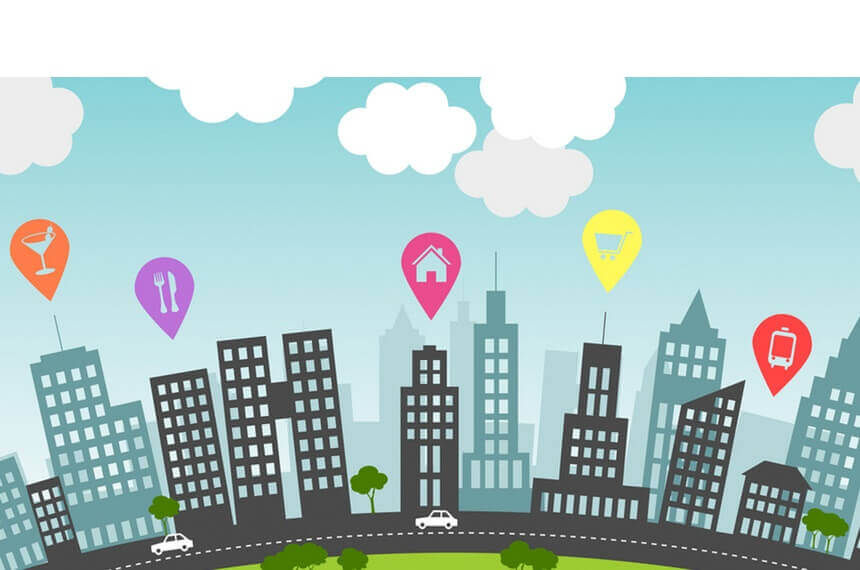
With clear hotel re-opening dates, it’s time to start re-aligning digital marketing to the new tourism climate.
NB: This is an article from Avvio
One thing, in particular, has become abundantly clear; international travel will be a rarity in 2020. As such, it’s essential to update your digital marketing tactics to focus on your domestic market.
Now is the time to start this process, with travel intent picking up globally. In recent weeks, there’s been a notable increase in searches for hotels across Ireland, the UK and the United States. For hotels with expected opening dates in July and August, digital marketing should be activated in the near future, to build enough market interest for a successful relaunch.
Here’s our Check-List to get you started:
#1: Review your target audience. Analyse the demographics of previous guests from your domestic market, both leisure & corporate. Understanding the age, gender, location & user behaviour of those already engaging with your brand will help target marketing efforts and increase conversion rate.
#2: Segment your marketing plan for new versus returning guests. Consider how your property can target previous guests with ezines & social activity, to encourage repeat bookings.
#3: Audit your website. Make sure that all imagery, content & call to actions are targeted towards the domestic market. Use your target audience analysis, and consider what that demographic will relate best too. Make your hotel & local amenities abundantly clear; now more than ever destination marketing should take the lead.
#4: Review your brand messaging. How are you reassuring guests about new operational practices? What are the brand value propositions and how are these communicated? At a minimum, hotels should focus on free cancellation messaging & hygiene practices. While these shouldn’t form the tagline of campaigns, as they’re not strong enough incentives, they will be a key factor in guests’ decision-making process.
#5: Update your site SEO. If any pages were optimised with an international market in mind, then these need to be updated for the domestic market. Focus particularly on seasonal pages, such as Halloween & Christmas Breaks. These are popular searches that will increase visibility in the SERP.
#6: Adjust your digital marketing budget. If you had any large campaigns planned abroad, now is the time to re-assign spend to the domestic market. When re-launching campaigns, base the expenditure on expected hotel occupancy. Remember; spending 3-4% of overall booked revenue on digital marketing balances an optimal ROI with increased visibility needed for growth.
#7: Start with brand awareness campaigns. Though it can be tempting to cut these as it’s hard to directly attribute an ROI figure, now is not the time to go dark with brand visibility campaigns. Your brand needs to be more visible than ever, to gain a larger market share. These are also more cost-effective to run, and are an essential part of the upper marketing funnel.
#8: Review all brand awareness assets. Audit your display & video ads, to ensure they market sensitively and are attractive to your target audience. Aim to stand out from the noise with creativity; as every hotel in your country will be targeting the domestic market.
#9: Optimize your rates for your domestic market. Review your booking engine reports, and see which were the most booked rooms & rates for that market. Check everything from lead time to LOS, to tailor your product offering. Suspend any rates that are inclusive of facilities that will be remaining closed – e.g. spa packages.
#10: Segment your ezine databases. Split out your domestic customers into one database, and focus on this. Save your international database for when international travel picks back up.
#11: Audit your social media following. 10,000 followers looks impressive, until you discover that only 2,000 of them are domestic. If necessary, start a brand engagement campaign on Facebook & Instagram to boost numbers. Social media will be an essential recovery tactic due to the increase in activity on these sites.
#12: Expect last-minute bookings. Until the market confidence builds back up, lead times will be short. Ensure your booking engine cut-off point isn’t prohibitive, and avoid decreasing rates last minute.
#13: Focus on mobile. The domestic market tends to browse on mobile. Double-check how all content looks on mobile devices before publishing, and ensure that the layout is appealing and the call to actions are above the fold.
#14: Add value in a time of price sensitivity. Focus on sensitive marketing instead of a race to the bottom by dropping rates. Adding additional value through reassurances, early check-in or late check-out, will benefit the overall booked revenue further.
#15: Humanize your marketing strategy. Sensitive marketing is a must for all markets right now. This would be a great time to humanize your hotel, by showing behind the scenes of the workers that power the industry. Think tours of the hotel by reception staff, or cooking videos shared by the head chef. Share joyful content that people can relate to.
#16: Continuously re-evaluate. If targeting the domestic market is a new primary tactic for your property, it’s important to monitor the results closely. Use both your booking engine reports & Google Analytics to monitor spikes in demand for your brand, and track these back to your activities. If something isn’t delivering more website traffic or bookings, switch tact to find a strategy that will.



